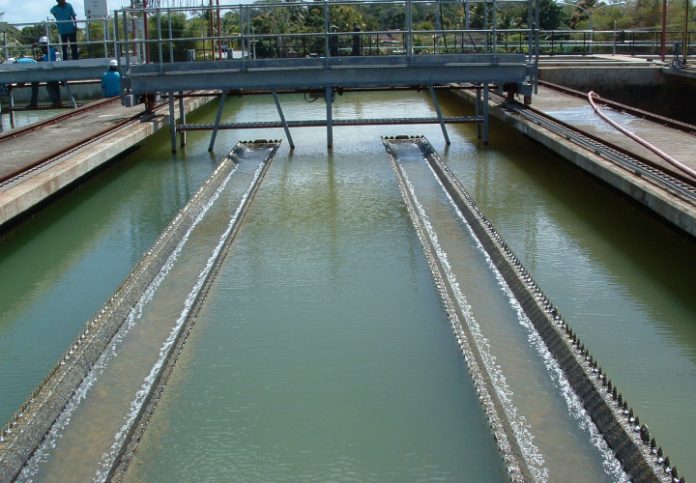The Indus River System Authority (Irsa) has warned Punjab and Sindh to prepare for water shortages of up to 35% as the Tarbela and Mangla reservoirs approach their dead levels, raising concerns over irrigation supplies during the critical final phase of the Rabi crop season, according to a report.
In a letter to irrigation secretaries of all four provinces, Irsa’s Director of Regulation, Khalid Idrees Rana, cautioned that both reservoirs were on the verge of depletion. He stated that Punjab and Sindh could face a 30-35% shortfall, as the dams would have to be operated in a run-of-the-river mode with minimal storage capacity.
According to the latest Irsa data, Tarbela Dam had only 73,000 acre-feet of water storage remaining, with its level recorded at 1,409 feet—just nine feet above its dead level of 1,400 feet. The reservoir, which has a maximum capacity of 1,550 feet, received an inflow of 17,000 cusecs against an outflow of 20,000 cusecs on Friday.
Similarly, Mangla Dam’s live storage stood at 235,000 acre-feet, with its water level at 1,088 feet, only 28 feet above its dead level of 1,060 feet. The dam, which can store water up to 1,242 feet, recorded an inflow of 16,400 cusecs while releasing 18,000 cusecs the same day.
These figures indicate a rapid depletion of both reservoirs, with Irsa confirming that they may hit dead levels in the coming days. The authority had earlier forecasted this scenario at the beginning of the Rabi season on October 2, 2024, estimating that storage would reach dead levels by the first 10 days of March 2025.
Although seasonal reservoir depletion is a regular occurrence, the timing is particularly critical for wheat crops, which require final watering before harvest begins later this month. Additionally, wheat production has already been impacted by lower-than-expected sowing due to shifting government policies.
Despite the worsening water availability, Irsa acknowledged that recent rain spells have helped alleviate some stress on standing crops. It stated that precipitation had positively contributed to the Indus Basin Irrigation System (IBIS), allowing provincial water supplies to remain close to allocated levels.
According to Irsa’s Water Accounts Report covering the period from October 1, 2024, to February 28, 2025, Punjab experienced a 20% water shortfall, while Sindh faced a 14% deficit. These figures were slightly better than the 16% shortfall initially projected by Irsa’s Advisory Committee at the start of the season.
With more rain expected, Irsa expressed hope that additional precipitation would further ease the situation. However, it urged provincial authorities to take precautionary measures to manage the expected shortages and ensure adequate irrigation for crops at this crucial stage.























